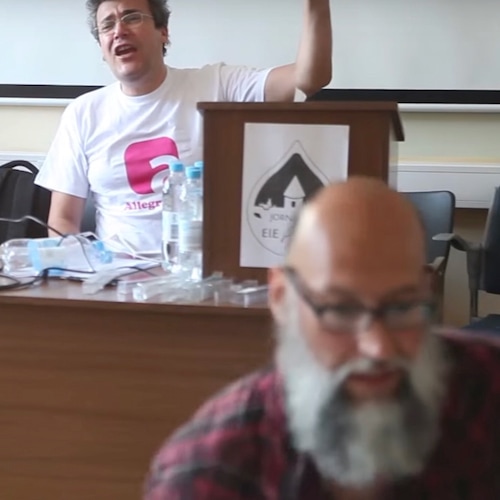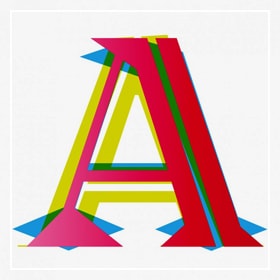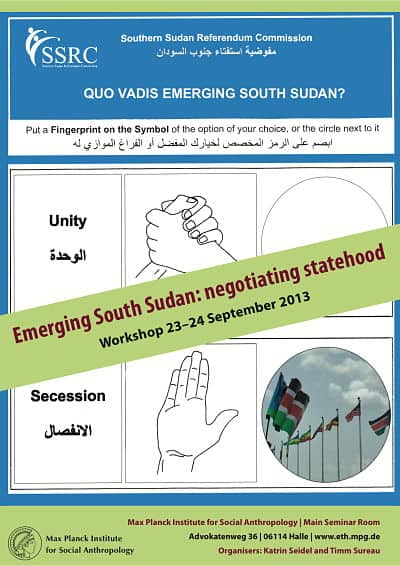On August 2nd, 2014, Allegra ran a panel titled ‘Boredom, Intimacy and Governance in ‘Normalized’ Times of Crisis’ at the EASA 2014 in Tallinn.
The panel, which brought together Julie Billaud, Miia Halme-Tuomisaari, Sylvain Piron, Ghassan Hage, Antonio De Lauri, Daniele Cantini, Heath Cabot (who unfortunately had to cancel) and performance artist Amanullah Mojadidi, was an attempt to answer the following question: What is boredom and how does it relate to intimacy and governance? The panel conceptualised boredom as an alarmingly prevalent feature of modernity, produced by professional endeavours, routinized private lives and even popular entertainment. We departed from Ghassan Hage’s notion of ‘stuckedness’ as something effectively negating what Tim Ingold describes as ‘being alive’, namely ‘staying in motion’.
The panel invited ethnographic considerations to investigate how boredom elevates self-control into a type of ‘spiritual nobility’. Through Lauren Berlant’s notion of ‘cruel optimism’ we aimed to trace the polarities of boredom: discontentment, rebellion and resignation, versus compliance, docility and security. We asked further: How does boredom contribute to a sense of alienation, a lost intimacy to oneself? What happens when optimism-sustaining versions of intimacy meet normative practices, fantasies and ideologies organising everyday worlds? How does boredom encourage social cohesion among those sharing the wait – real or imagined. What kind of collective identities are generated as corollary?
Finally, we asked: why – when the choice to depart exists – do people rather choose boredom than abandon institutions on which they have lost confidence, located as well within the global financial sector, international (aid) organizations or the academia? How does our collective ‘cruel optimism’ shape our shared subjectivities, transforming us into more docile ‘subjects’? What kind of political, ideological and economic ends are served, and who benefits from the tacit acceptance of boredom?
The panel ended by a performance by artist Amanullah Mojadidi : Idea Sun Bursting: Problem-Solving Boredom in Desensitized Times, captured in the above video.
How is that in a world that – is simultaneously globalizing and fracturing, has more ongoing conflicts at the local, national, regional, and international level than any other time in recent history, makes information (if not knowledge) available with a clack clack clack of the fingertips, sees human migration currents that flow more swiftly than those of our deepest oceans, and presents existential crises of being and identity on a scale perhaps not known since the Neanderthals came face to face with anatomically modern humans – we could actually be bored? And what is boredom? Where does it come from? Where does it go? Who and/or What are to blame for it? I will use mixed-media performance art as a tool through which to map Boredom and attempt to come to some sort of personal (and hopefully larger societal) conclusions about what ‘contemporary boredom’ is within times of not simply ‘normalized,’ but in fact ‘desensitized’ crises; and ultimately to solve the problem of Boredom.





